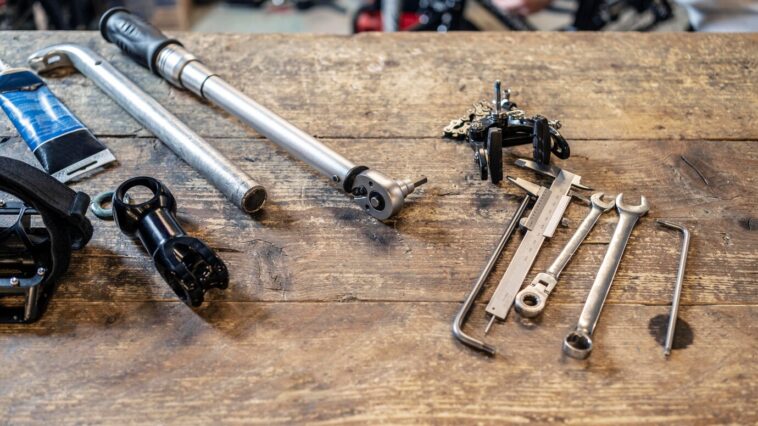Drilling projects can be complex, requiring careful planning, the right tools, and expert knowledge to achieve success. Understanding the anatomy of a successful drilling project, especially the critical role of core drill parts, can make all the difference. This article will guide you through the essential elements that contribute to a successful drilling operation.
Defining Project Objectives:
The first step in any drilling project is to clearly define the objectives. Whether the goal is geological exploration, construction, or environmental assessment, having a clear understanding of the desired outcomes will guide the selection of equipment and methods. A well-defined project objective also helps in budget allocation and timeline management.
Site Assessment and Planning:
Conducting a thorough site assessment is crucial for the success of any drilling project. Factors such as soil type, rock formation, groundwater levels, and environmental regulations must be considered. This information not only aids in selecting the right drilling method but also helps determine the necessary Core Drill Parts to be used.
Choosing the Right Equipment:
Selecting the appropriate drilling equipment is vital for achieving efficient and effective results. Core drilling requires specific tools designed to handle different geological conditions. Key components include:
-
Core Drill Bits: These are essential for cutting through hard materials. The choice of drill bit should be based on the rock type and the desired core diameter.
-
Drilling Rig: The rig must be capable of supporting the selected drill bits and should be suitable for the project’s scale.
-
Core Barrel: This component is crucial for collecting core samples. The design of the core barrel will depend on the drilling depth and material.
Essential Core Drill Parts:
Understanding the different core drill parts and their functions is essential for successful drilling operations. Here are some key components:
-
Drill Bit: The cutting tool that penetrates the material. Options include diamond bits for hard rock and carbide bits for softer formations
. -
Core Barrel: This part holds the core and is designed to retrieve samples efficiently. It comes in various sizes, allowing for different core diameters.
-
Drilling Fluid: Used to cool the drill bit and remove debris from the hole. The right drilling fluid is crucial for maintaining pressure and stabilizing the borehole.
-
Power Supply: Whether hydraulic, pneumatic, or electric, the power source must be compatible with the drilling rig and ensure optimal performance.
-
Safety Equipment: Ensuring the safety of the crew and site is paramount. Proper safety gear and emergency protocols should always be in place.
Execution of the Drilling Plan:
Once the planning and preparation stages are complete, it’s time to execute the drilling plan. This phase involves:
-
Setting Up the Rig: Ensure that the rig is positioned correctly and all components are functioning properly.
-
Monitoring Drilling Progress: Regular checks on drilling depth, core recovery rates, and equipment performance are crucial for identifying issues early.
-
Adjustments as Necessary: Be prepared to make adjustments based on real-time conditions. This may involve changing drill bits or modifying drilling parameters.
Core Sample Analysis:
After completing the drilling, the next step is to analyze the collected core samples. Proper analysis provides valuable insights into the geological conditions of the site. Key aspects to consider include:
-
Visual Inspection: Assessing the physical characteristics of the core, such as color, texture, and mineral content.
-
Laboratory Testing: Conducting tests for specific properties like porosity, permeability, and chemical composition.
Reporting and Documentation:
A comprehensive report detailing the drilling project is essential for future reference. This report should include:
-
Project Objectives and Results: A summary of the initial goals and the outcomes achieved.
-
Methodologies Used: A detailed account of the techniques and core drill parts utilized during the project.
-
Recommendations: Based on findings, provide recommendations for future drilling projects or further investigations.
Continuous Improvement:
Finally, successful drilling projects often involve learning from each experience. Gathering feedback from the team and analyzing project outcomes can lead to improved practices for future drilling operations. Identifying what worked well and what didn’t can help refine equipment choices and project strategies, ensuring greater success in future endeavors.
Conclusion:
A successful drilling project relies on a thorough understanding of its anatomy, particularly the importance of Core Drill Parts. From defining objectives and conducting site assessments to selecting the right equipment and analyzing core samples, each phase plays a crucial role in achieving project success. By following these guidelines, you can ensure that your drilling projects are not only efficient but also yield valuable results.
This post was created with our nice and easy submission form. Create your post!





